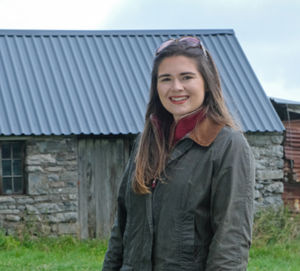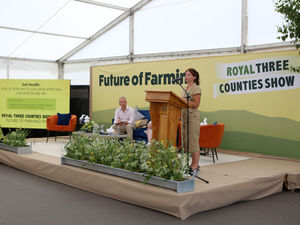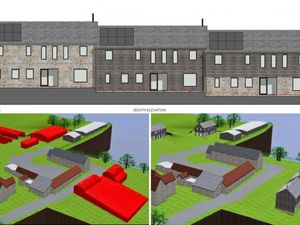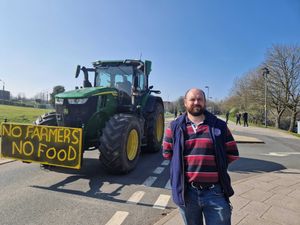Be wary of curtilage listing on your farm buildings
Thousands of farmhouses and agricultural buildings in the UK are listed given their age, architectural interest, and historical importance, among other reasoning.

However, many farmers go ahead and commence works to agricultural buildings or consider diversification schemes through Class Q Permitted Development without knowing their farm building is considered curtilage listed. These buildings are not designated in their own right, not specifically graded, or listed on the register.
The law provides that buildings and other structures that predate July 1948 farmsteads are considered to be within the curtilage of a listed building and therefore to be treated as part of the listed building. Curtilage is a very grey area in planning as it is unique to the site and historical operations, therefore it is always best to seek professional advice before commencing with works on a farm building which potentially could have curtilage listing.
If your building is considered curtilage listed, then this does remove permitted development rights such as Class Q and Class R, and full planning and listed building consent will be required for any barn conversions or building works which affect the fabric of the building.
If unauthorised works have been carried out, owners can face enforcement action and criminal prosecution – therefore it's always best to check!
Nia Borsey, graduate planner, Fisher German





